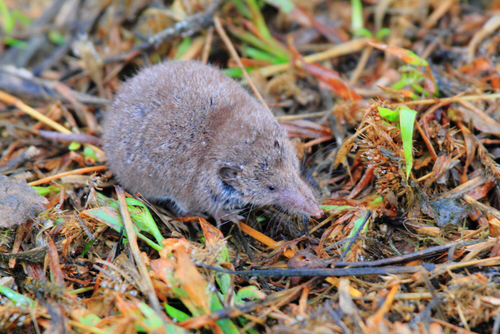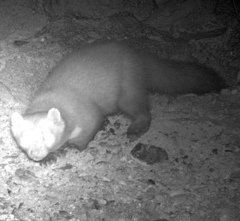Greater white-toothed shrew
Crocidura russula
Mammalia Crocidura russula, commonly known as the Greater White-Toothed Shrew, is a small mammal species found throughout Europe, including the Comunidad Valenciana. This shrew is part of the Soricidae family and is often noted for its distinct white teeth, which differentiates it from other shrew species.
Below are some key characteristics of the Mammalia Crocidura russula:
- Appearance: The Greater White-Toothed Shrew has a relatively small body, typically measuring between 5 to 9 cm in length, with a tail that adds another 3 to 5 cm. It has a dense and soft fur, usually grey-brown on the back and lighter on the belly.
- Habitat: This shrew prefers a variety of habitats, including woodlands, grasslands, gardens, and cultivated areas. It is adaptable, often found near human settlements in Comunidad Valenciana.
- Diet: An insectivorous mammal, it primarily feeds on insects, spiders, and other small invertebrates. Its high metabolism requires it to eat frequently.
- Behavior: Known for its energetic and active nature, the Greater White-Toothed Shrew is predominantly nocturnal or crepuscular, with peak activities during dawn and dusk.
- Reproduction: The species breeds several times a year, with each litter consisting of 3 to 10 young. Breeding typically occurs from spring to autumn.
- Local Importance: In Comunidad Valenciana, they serve as an important part of the ecosystem by controlling insect populations. Locally, it may be referred to as Musaraña Gris.
Overall, the Greater White-Toothed Shrew is a small but vital component of the local ecosystems in Comunidad Valenciana, aiding in maintaining the balance by controlling pest populations.







